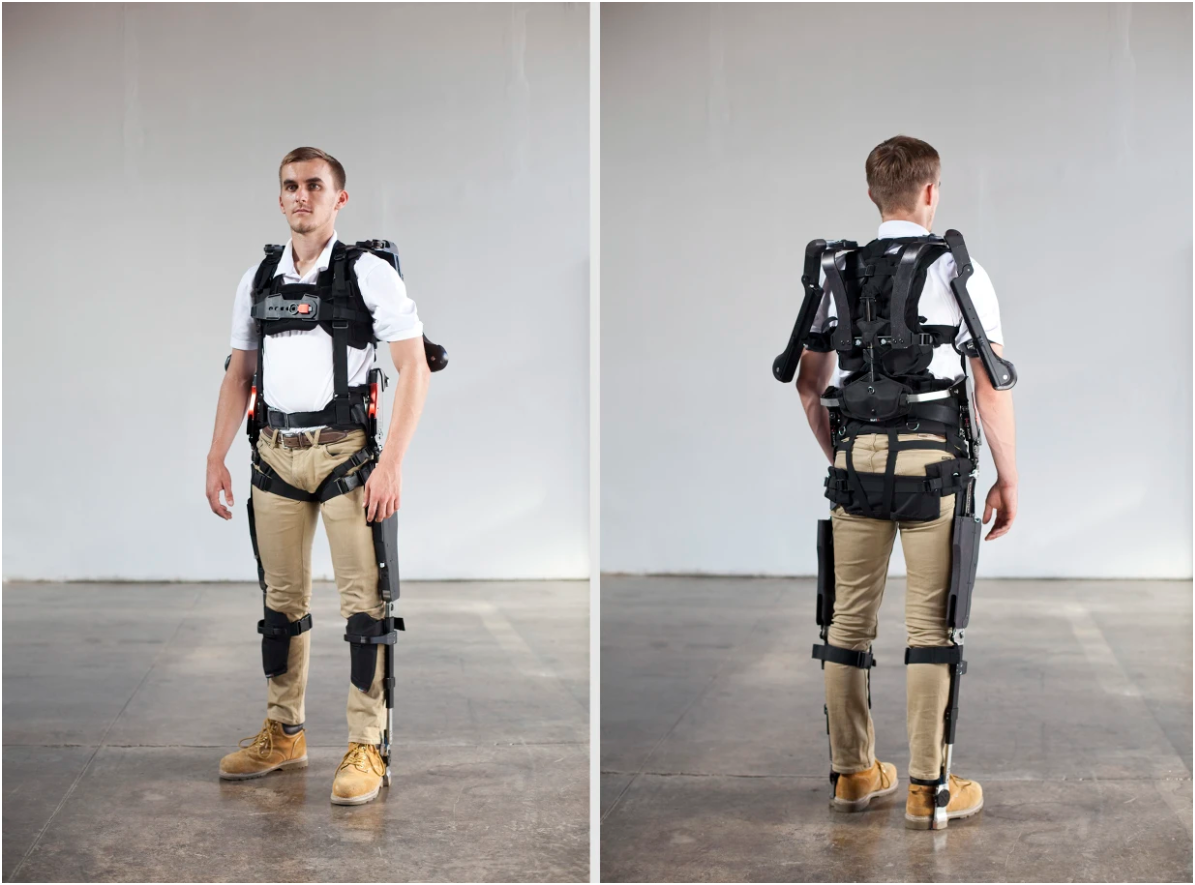Imagine a world where you can lift incredible weights with ease, or tirelessy trek across challenging terrain. Exoskeletons, wearable robotic structures, are poised to become a reality, augmenting human capabilities in exciting ways.

Benefits and Applications
Exoskeletons hold immense potential across various fields. In industries like manufacturing and construction, they can reduce worker fatigue and prevent injuries caused by heavy lifting. Medical applications include assisting with rehabilitation for individuals with mobility impairments or providing support for healthcare workers. Even firefighters and soldiers could benefit from exoskeletons designed for enhanced strength, endurance, and protection.
The Future of Exoskeletons
The field of exoskeleton technology is rapidly evolving. Advancements in materials science, robotics, and artificial intelligence are leading to lighter, more powerful, and more intuitive exosuits. As research progresses, we can expect to see exoskeletons become even more integrated with everyday life.
Challenges and Considerations
Despite their promise, exoskeletons still face some challenges. Battery life, cost, and ease of use are all areas that require continued development. Additionally, ethical considerations regarding the long-term impact of exoskeleton use on the human body and the potential for misuse in certain situations need to be addressed.
Conclusion
Exoskeletons offer a glimpse into a future where human capabilities are significantly enhanced. As technology advances and these challenges are addressed, exoskeletons have the potential to revolutionize various industries, improve healthcare, and redefine what it means to be human.